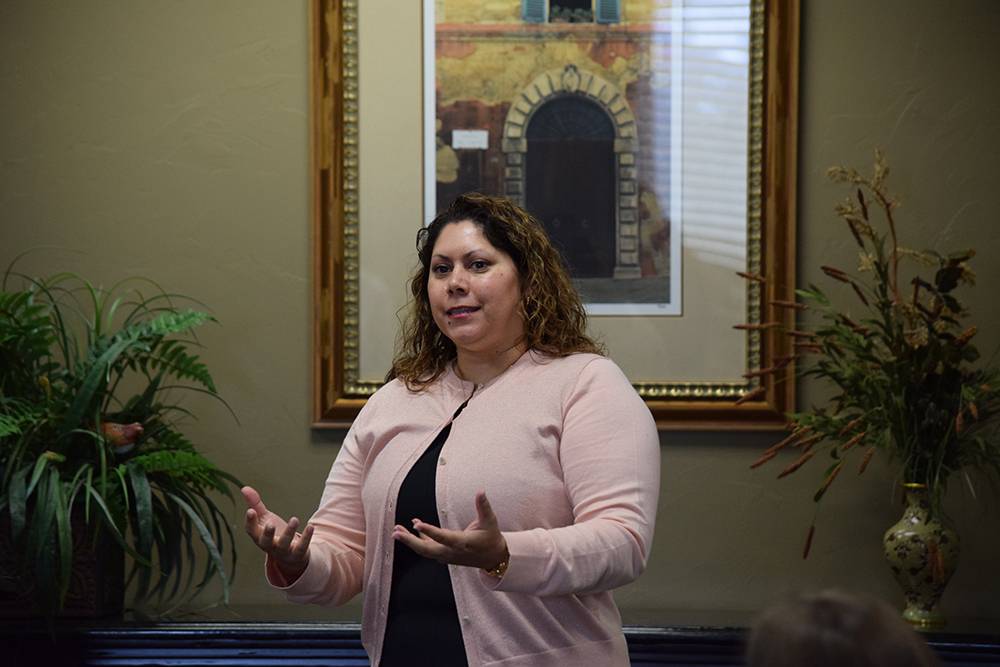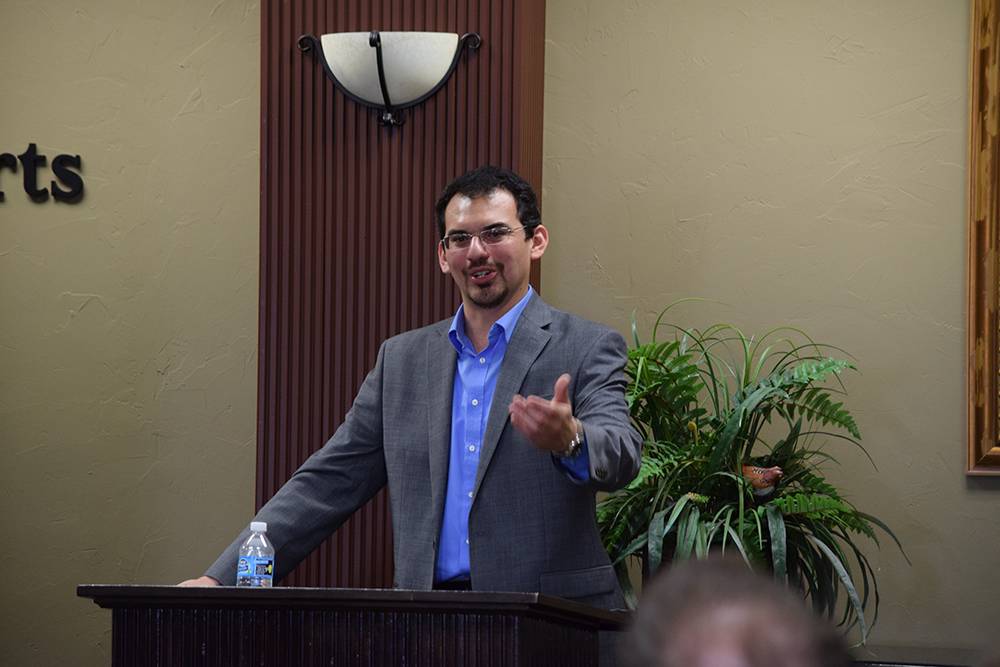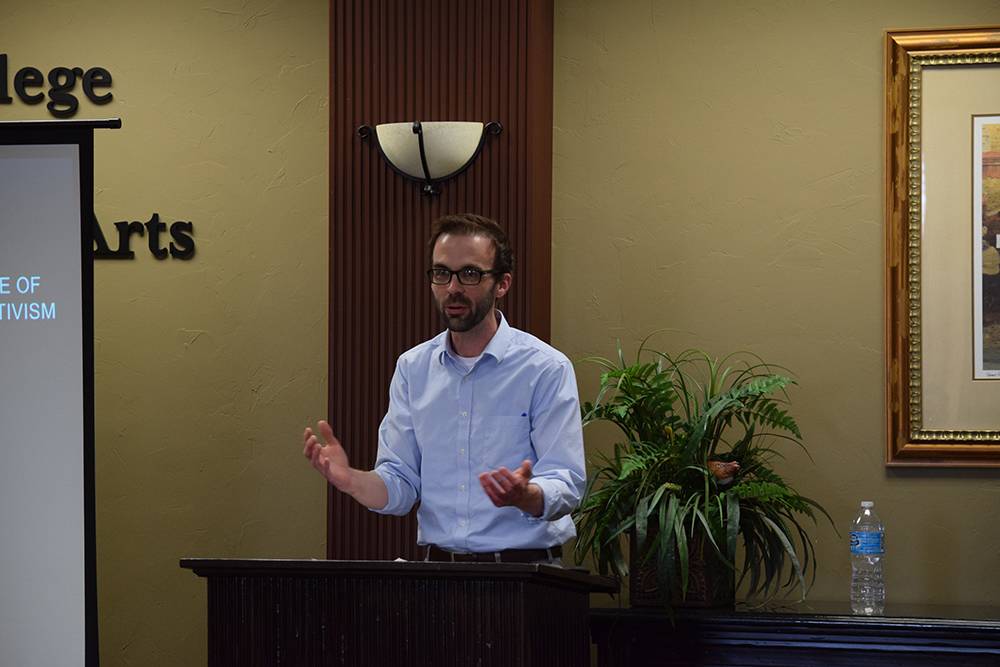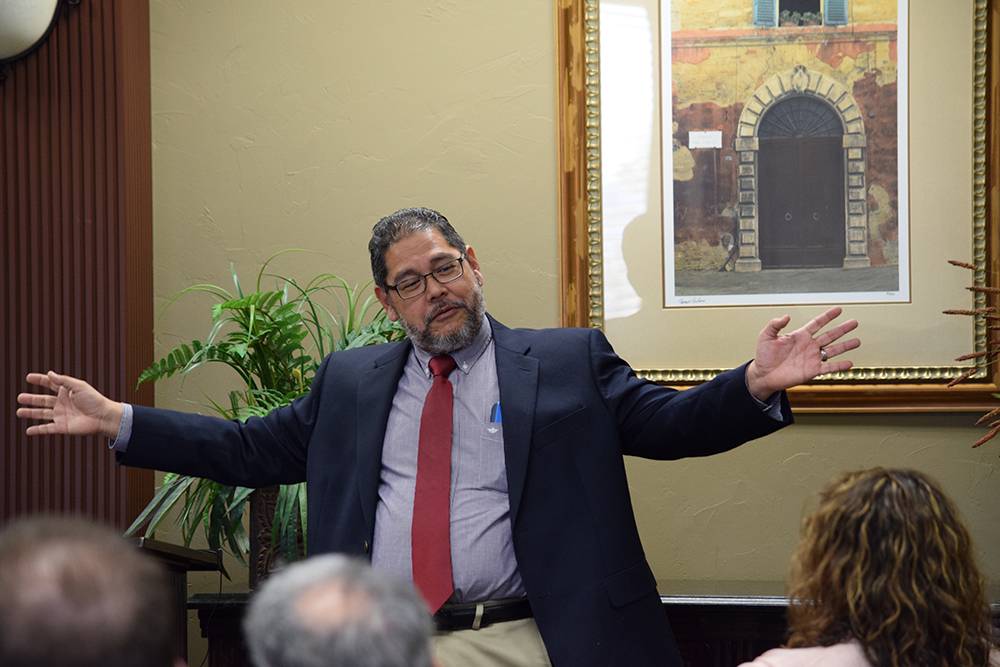International borders are the (often invisible) boundaries where the distinct political jurisdictions, laws, and cultural traditions of two adjacent countries supposedly end. In practice, however, borderlands are spaces where political jurisdictions are often ignored, laws are difficult to enforce, and cultural traditions merge, which creates challenges and opportunities for the people and the authorities on either side of the border, particularly when the border shifts. This symposium explores some of the ways in which the residents of the US-Mexico Borderlands have adapted to the changing circumstances of the frontier over the last two centuries. Presenters will discuss how interethnic cooperation and marriage, the legal and illegal movement of people and goods, labor unionism, and other strategies have permitted border dwellers to overcome the hardships and exploitation of border life, and, in some cases, to thrive.
Opportunity and Adaptation across the US-Mexico Borderlands
February 27, 2016 | 9:30am - 4:30pm
Flowers Hall, Room 230
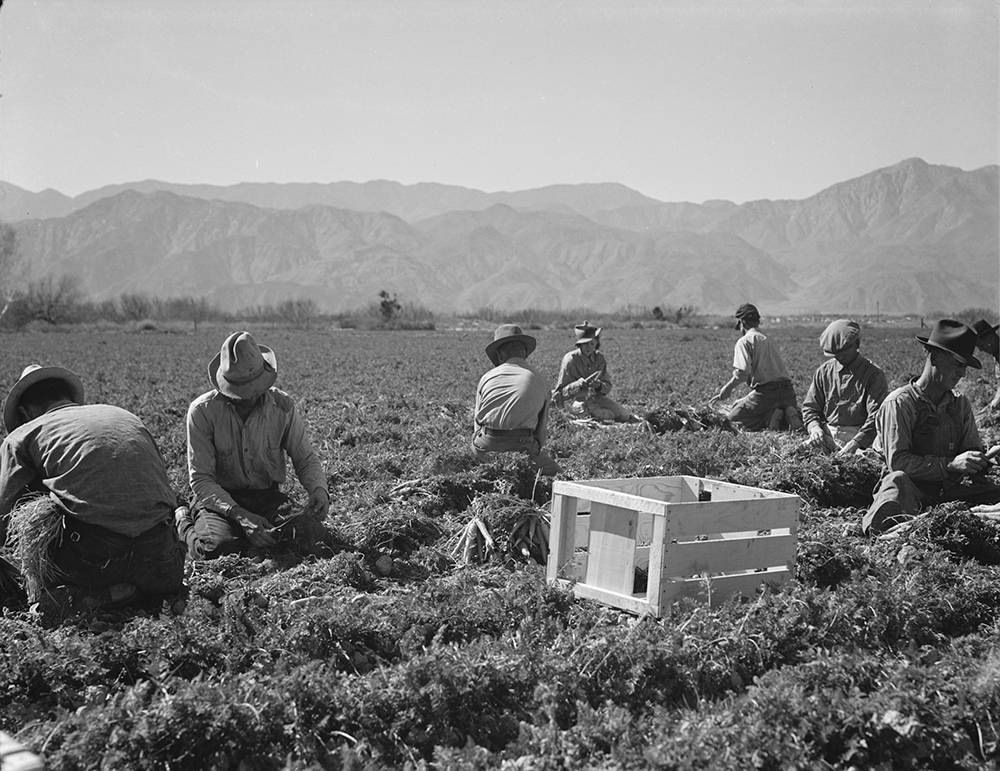
Erika Pérez
The Dalton-Zamoranos: A Borderland Family in 19th century California
This paper will discuss the Dalton-Zamoranos from early southern California, to illustrate the physical and cultural mobility that family members experienced during California’s political transition from Mexican to U.S. rule. Unfortunately, the transition from a borderland to a land with a fixed national border ushered in economic setbacks for numerous California families, including the English and Spanish-Mexican Dalton-Zamoranos by the middle decades of the nineteenth century. Nevertheless, an examination of this particular family shows that children who faced rapidly changing conditions in the land of their birth due to conquest responded by forging bicultural identities that included bilingualism, some formal education, and maintaining the Catholic faith of their birth, but also challenging parental authority as they asserted their independence in matters such as marriage, divorce, and occupation. By evaluating the experiences, not only of this family as a unit, but of particular siblings, this presentation demonstrates how gender shaped the options that were available to mixed-ancestry individuals and explains why some Dalton children lived their lives in California while others sought opportunities in southern Arizona and Mexico, making this family a true border story.
Miguel Ángel González Quiroga
Cooperative Violence on the Rio Grande Frontier
Violence was a constant in the Texas-Mexico border region throughout most of the nineteenth century. It is commonly believed that much of this violence pitted Anglo-Americans against Mexicans or either of these groups against Indian predators. Less known are the many instances when members of these groups joined together to fight against a common enemy or in favor of a common cause. For the sake of brevity this will be referred to as cooperative violence. There are many examples of cooperative violence; this paper will focus on two: The Federalist War (1839-1840) in northern Mexico and the Cortina War (1859) in South Texas. In these events Anglos and Mexicans, motivated by diverse interests, joined together to fight against the Mexican government in the first episode and against Juan Cortina in the second. An analysis of these events provides insight into the role of the border and the nature of violence in the Texas-Mexico border region.
George T. Díaz
Corridos and Contraband Trade across the Rio Grande
Smuggling is an elusive topic for historical scrutiny; the best smugglers were never caught. Moreover, historians are limited if they depend on recorded events that portray the state perspective. While English language newspapers and court records portray smugglers as criminals, 19th and early 20th century corridos often celebrate smugglers as folk heroes defying unpopular laws and resisting discredited state authority. Utilizing these folk songs as texts illuminates the secret history of smuggling across the Rio Grande and balances law enforcement perspectives, thereby offering a more complex image of an enduring yet poorly understood borderlands issue.
Tim Bowman
Antonio Orendain and the Significance of the Border in Texas Migrant Labor Activism during the Twentieth Century
In recent years, scholars of the United Farm Workers (UFW) and the union’s leader, César Chávez, have made new strides in critically analyzing the farmworkers movement as well as in humanizing one of the most iconic Mexican-American activists of the twentieth century. In this presentation, Tim Bowman will argue that a critical chapter of the farmworkers movement—that of the union’s presence along the Texas-Mexico border under UFW Secretary-Treasurer, Antonio Orendain—can teach historians new things about Chávez and twentieth-century migrant labor activism. In short, Orendain was the primary labor organizer who recognized that the U.S.-Mexico border was the lynchpin in growers’ ability to take advantage of and marginalize migrant workers from Mexico. Orendain’s protests at the U.S.-Mexico border in South Texas during the 1960s in particular not only highlighted the border’s significance to the U.S. agricultural labor force; his work along the border also planted the seeds of a growing rift between Orendain and Chávez that both showed the limitations to Chávez’s approach to organizing farmworkers and ensured that migrant workers from Mexico would continue to be exploited toward the turn of the twenty-first century.
Anthony Quiroz
Making Human Again: The Role of Biography in Scholarly History
Prof. Quiroz will speak to the turn towards theory in works of history, and then emphasize the return to biography that we have seen lately, especially in Texas and Southwestern studies. He will discuss for us the ways in which his book, Leaders of the Mexican American Generation: Biographical Essays (University of Colorado Press, 2015) is an example of the concept of bridging through stories. The biographies in this work all help connect our present to our past and help us not only remember important figures from our history, but to understand their relevance for our lives today.
Dr. Quiroz took his MA in American history in 1992 and his Ph.D. in the same field in 1998. He works at Texas A&M University-Corpus Christi, where he has taught various types of American history, Mexican American history and Mexican American Studies since 1996. Throughout his career, Dr. Quiroz has focused his research on the historical experience of Mexican Americans who created an identity as equal American citizens in the post-WWI years and struggled for equal citizenship throughout the rest of the twentieth century. He is the author of Claiming Citizenship: Mexican Americans in Victoria, Texas (Texas A&M University Press, 2005).

